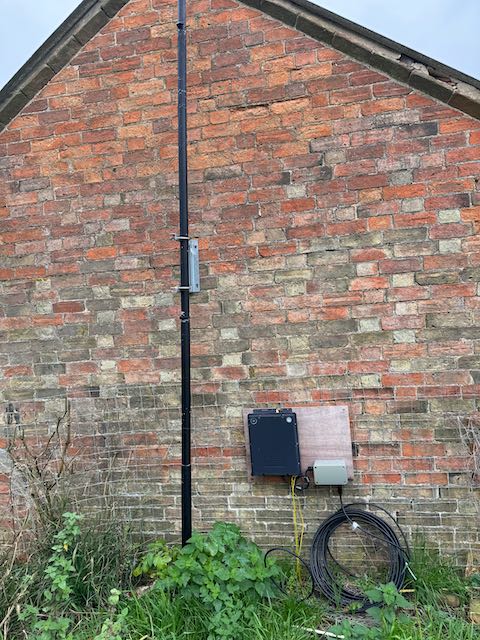Ansible and Debops
I spent some of my early professional years doing what is now known as ‘DevOps’. As well as developing software for data communications products like X.25 Packet Switched Nodes, I also developed test harnesses, build tools etc. Thus, I have always been drawn to tools that ease the process of building, configuring and managing software devices.
I came across Ansible some years ago and adopted it for my personal needs (I stopped developing software professionally about 25 years ago, but still ‘tinker’). Therefore it was natural that I would seek to leverage Ansible when building a packet node.
More recently, I came across Debops, which is a suite of ansible playbooks focused on the management of secure Debian-based [Linux] environments. This includes the Raspberry Pi that I intend to use as the hardware platform for the nodes.
The reason for this sidebar is that I have chosen to create Ansible Roles for each of the software components and distribute them as an Ansible Collection. By using Ansible to manage the node, I can ‘cookie-cutter’ additional nodes and manage their configuration centrally.
NB: The AWX Project is a trademark of Red Hat, Inc., used with permission







































